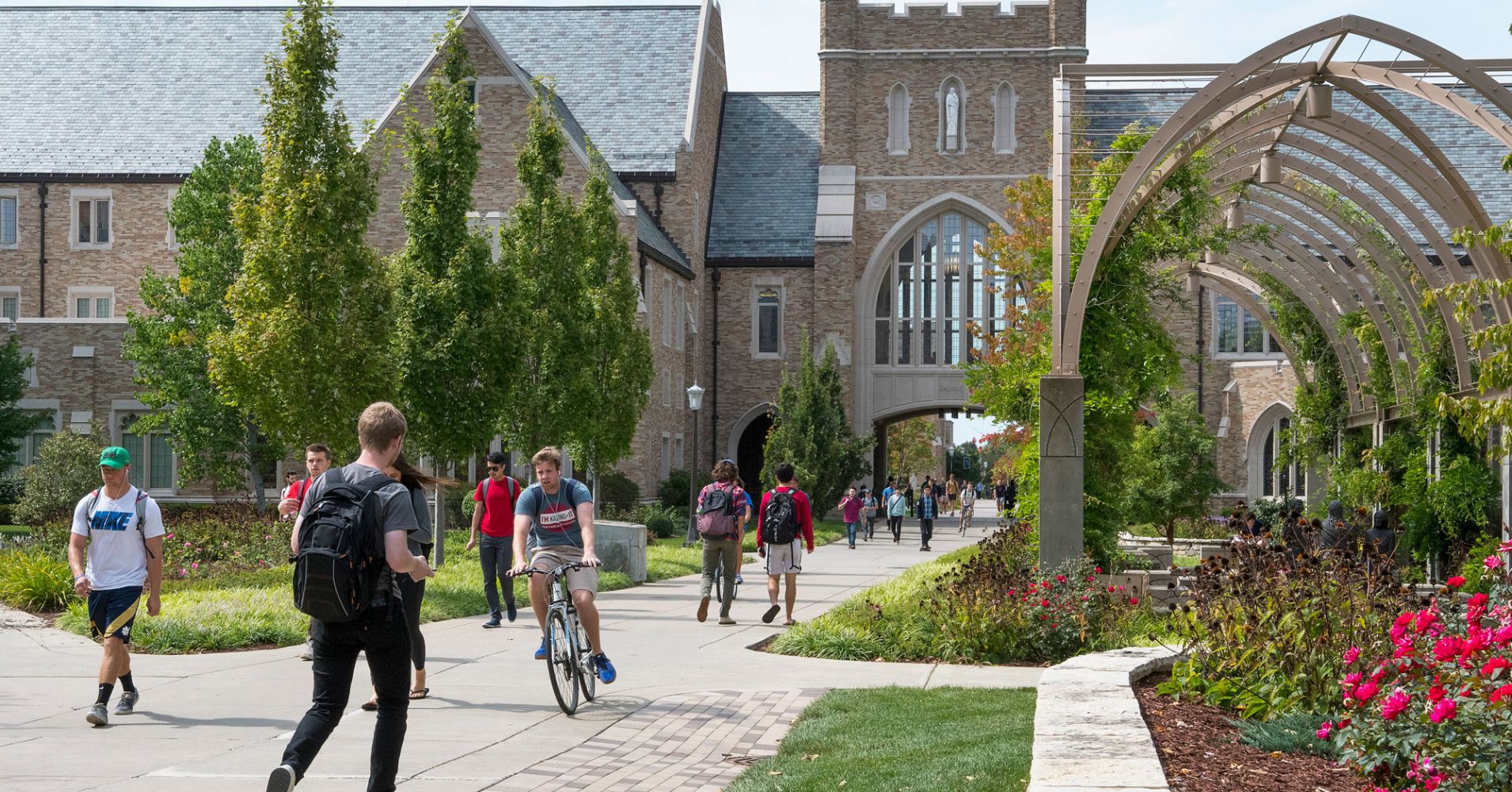
Earlier this year, CNBC tracked down one of the first people to qualify for public service loan forgiveness.
“I feel pretty lucky,” Kevin Maier, a tenured professor at the University of Alaska Southeast, had said.
He really should.
The Education Department just released data on how many borrowers’ loans it has forgiven under the program — just 206. More than 40,000 borrowers have applied for the forgiveness.
That means just 0.85 percent of applications were approved.
The public service loan forgiveness program was signed into law by President George W. Bush in 2007 and allows certain not-for-profit and government employees to have their federal student loans erased after 10 years of on-time payments.
About 25 percent of American workers are in public service and could, in theory, be eligible. However, student loan servicers are delaying and denying borrowers access to the forgiveness program, according to the Consumer Financial Protection Bureau.
Some 32,000 borrowers were denied because they didn’t meet the program requirements and another nearly 12,000 applications were turned down for missing information.
With the help of student loan expert Mark Kantrowitz, we’ve addressed some of the most common misunderstandings about the program that trip people up.
These are the program’s three basic requirements:
- Your loans must be federal direct loans.
- Your employer must be a government organization at any level, a 501(c)(3) not-for-profit organization or some other type of not-for-profit organization that provides public service.
- By the end, you need to have made 120 qualifying, on-time payments in an income-driven repayment plan or the standard repayment plan.
Believe it or not, that’s just the basics.
Among the other points you should know: Under public service loan forgiveness, your debt is forgiven tax-free.
Your private loans can’t be forgiven; only federal loans qualify for public service loan forgiveness.
Kantrowitz said some people assume they’ll qualify for forgiveness after 10 years of payments. However, it’s not about how long you’ve been paying but how many payments you’ve made. Maybe you took a leave from public service work, for example, stopping the clock on your payments for a few months or years. It’s after 120 qualifying payments that your loans will be eligible for forgiveness.
On that note, if you miss a payment, or if you switch jobs, your clock is not reset to zero. Your qualifying payments don’t need to be consecutive.
Some people wonder if their employer counts if it’s a contractor for the government. Not always, Kantrowitz said. “Government contractors must themselves be qualifying organizations for their employees to qualify for public service loan forgiveness,” he said.
The best way to find out if your job qualifies as public service is to fill out the so-called employer certification form.
Many people think they need to fill out this form; in reality, it’s optional. In theory, you could wait until you’ve made the 120 payments, then apply, Kantrowitz said. “But, it may be easier if you’ve been filing the employer certification forms all along, especially if one of your previous employers no longer exists,” he said.
You should fill out this form at least once a year, and keep records of your confirmed qualifying payments.
More from Personal Finance:
Here’s what you need to qualify for public service loan forgiveness
Government may forgive student loans if you meet these demands
Education Dept. fails on public service loan forgiveness: Senators
There are some 14 ways to repay your student loans, but to qualify for public service loan forgiveness you need to be enrolled in one of these four income-based repayment plans: income-contingent repayment, income-based repayment, pay-as-you-earn repayment and revised pay-as-you-earn repayment.
The standard repayment plan also qualifies, but under it you’d have paid off your loans in 10 years, anyway.
Others believe that consolidating their loans will not affect forgiveness. This is wrong, Kantrowitz said.
“Consolidating loans resets the clock on public service loan forgiveness,” he said.
More and more companies are charging people to apply for loan forgiveness. You should not pay for this service, Kantrowitz said. “If you have to pay money to get money, it’s probably a scam,” he said. “You can go to StudentLoans.gov to switch repayment plans and do the work yourself for free.
The process should take less than a half-hour, Kantrowitz noted, adding that applicants should also “take everything the lender says with a grain of salt.” Seek confirmation with the Education Department, school counselors or a college financial aid administrator.
It also helps to review your situation with a nonprofit such as The Institute of Student Loan Advisors, an organization that offers free advice and dispute resolution.The National Foundation for Credit Counseling also certifies student loan counselors.
Have you had a bad experience with refinancing your student loans? Did the process save you less money than you thought it would? We want to hear from you. Please email me at annie.nova@nbcuni.com

